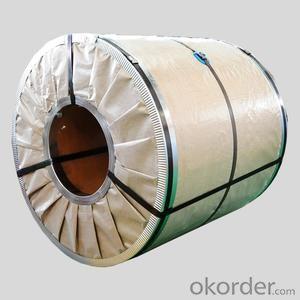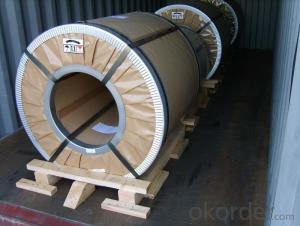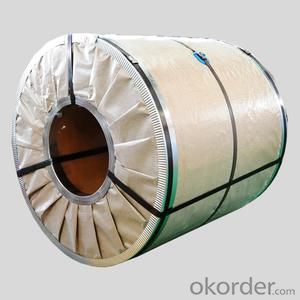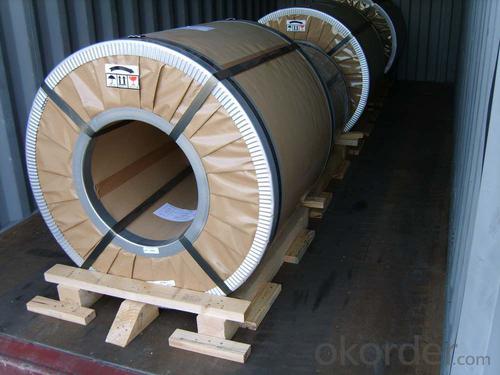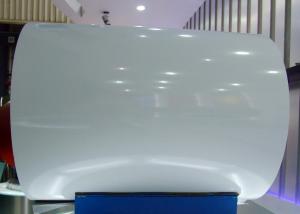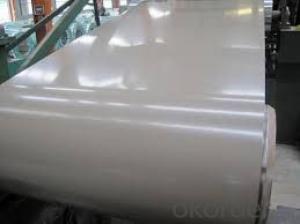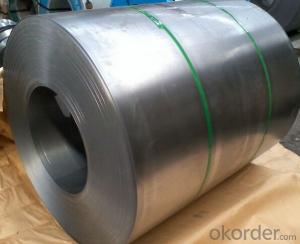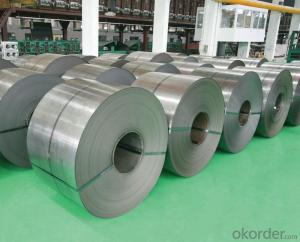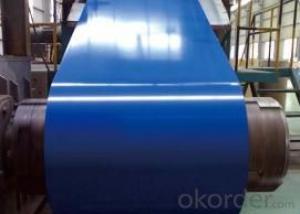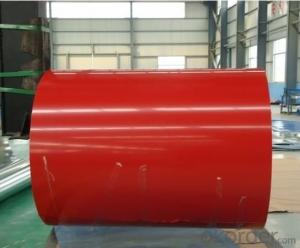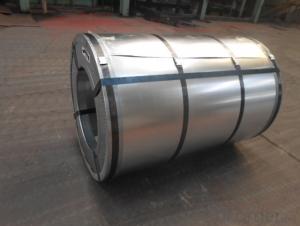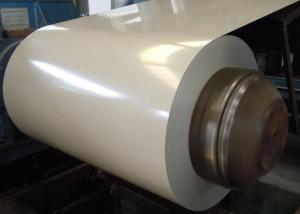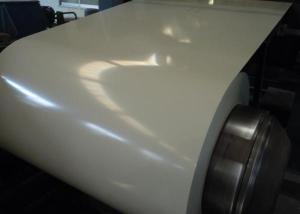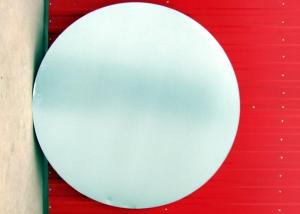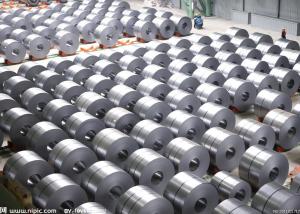COLD ROLLED STEEL COIL BEST QUALITY
- Loading Port:
- China Main Port
- Payment Terms:
- TT OR LC
- Min Order Qty:
- -
- Supply Capability:
- 10000 m.t./month
OKorder Service Pledge
Quality Product, Order Online Tracking, Timely Delivery
OKorder Financial Service
Credit Rating, Credit Services, Credit Purchasing
You Might Also Like
COLD ROLLED STEEL COIL
THICKNESS: 0.35mm/0.40mm
WIDTH:1000mm
SURFACE: BRIGHT ANNEALED, CUTTING EDGE, MATT FINISH
STANDARD:JIS G 3141 SPCC
COIL ID: 508mm/610mm
COIL WEIGHT:5-10 ton
PACKAGE: COIL TO BE WRAPPED WITH ANTI-RUST PAPER PLUS METAL COVER WORTHY FOR SEA TRANSPORTATION
TERMS OF PAYMENT: 20% ADVANCED PAYMENT BEFORE PRODUCTION,SELLER RELEASE THE SHIPPING DOCUMENTS AFTER RECEIPT BUYER’S 80% PAYMENT
LABEL INFORMATION:As per customer's request.
- Q: I was cutting a sheet of steel with an angle grinder when suddenly the rate at which the blade was cutting slowed way down. I tried a few different things, and turned off the tool and looked at the blade. It didn't look damaged, but it definitely was not cutting as quickly. I thought either I had hit a harder section of steel (is that possible? It looked pretty uniform) or the blade had lost it's abrasive quality or something. Also, before this happened I had accidentally cut into the wooden sawhorse that was holding up the steel sheet, but I've done that before with no problem. After a short while the problem fixed itself and the rate of cutting went back to a fast normal. Anyone know why this happened?
- Your blade was overheated. Change it into diamond blade shall do.
- Q: I mean, besides the light weight and other graces of Aluminium and Carbon, Steel frames are absolutely out-dated and they have nothing to do these days... or it is still possible to enjoy a nice ride on our heavy old pals?
- Au contraire; many great bikes are still steelies. Today's steel is much lighter than 10 yrs ago.
- Q: What are the common coil finishes available for steel coils?
- Steel coils can be finished in various ways to serve different purposes and achieve different aesthetic appearances. Some popular coil finishes include: 1. Hot-dip galvanized: By immersing the steel coil in molten zinc, a protective layer is formed on its surface. This finish is ideal for outdoor applications like roofing, fencing, and automotive parts due to its excellent corrosion resistance. 2. Galvannealed: Achieved by annealing the hot-dip galvanized coil, this finish gives a matte gray appearance. Galvannealed coils have enhanced paint adhesion, making them suitable for subsequent painting or powder coating in applications like appliances and furniture. 3. Electro-galvanized: A thin layer of zinc is electroplated onto the surface of the steel coil in this process. Electro-galvanized finishes offer good corrosion resistance and are commonly used indoors, such as in electrical enclosures, HVAC systems, and automotive components. 4. Pre-painted or coated: These finishes involve applying a layer of paint or a coating system to the steel coil, improving its appearance and providing extra protection. Pre-painted coils are extensively used in construction, appliances, and automotive industries due to their aesthetic appeal and corrosion resistance. 5. Bare or mill finish: This refers to the untreated, raw steel coil without any additional coatings or finishes. Bare steel coils are commonly used in applications where corrosion resistance is not the main concern, such as structural components, pipes, and tubes. These are just a few examples of the many coil finishes available for steel coils, each offering unique properties and advantages depending on the intended use. Carefully considering the specific requirements of the application is important when choosing the most suitable coil finish.
- Q: What are the different methods of corrosion protection for steel coils?
- Steel coils can be protected from corrosion using several different methods, each with its own advantages and disadvantages. One commonly used method is to apply a protective coating to the steel coils. This can be done through various techniques like hot-dip galvanizing, electroplating, or painting. Coatings act as a barrier between the steel surface and the corrosive environment, preventing direct contact and reducing the risk of corrosion. Another option is the use of VCI materials, which release chemicals that inhibit corrosion when they come into contact with the steel surface. These materials can be applied as coatings, films, or papers, and are particularly useful for long-term storage or shipping of steel coils. Cathodic protection is a method that involves the use of sacrificial anodes or impressed currents. Sacrificial anodes, made of zinc or aluminum, are connected to the steel surface and corrode instead of the steel, sacrificing themselves to protect the coils. Impressed current systems use a direct electrical current to prevent corrosion on the steel surface. Proper wrapping and packaging can also provide corrosion protection for steel coils. This includes using moisture barrier films, desiccants, or absorbent materials to reduce moisture content. Adequate ventilation and avoiding contact with other corrosive substances are also important. Controlling the environment in which the steel coils are stored or used is crucial for corrosion protection. This involves maintaining proper humidity levels, controlling temperature, and managing air quality. By minimizing exposure to corrosive elements like moisture, salts, or chemicals, the risk of corrosion can be significantly reduced. It's worth noting that the choice of corrosion protection method depends on factors such as the specific application, budget constraints, and desired lifespan of the steel coils. A combination of these methods may also be used to enhance corrosion protection.
- Q: What are the dimensions of steel coils used in the furniture industry?
- The furniture industry utilizes steel coils of varying dimensions, which are determined by the specific application and requirements of the furniture manufacturer. Generally, these steel coils possess a thickness ranging from 0.20mm to 3.00mm and a width spanning from 600mm to 2000mm. The length of the coils may fluctuate, but it is typically within the range of 1000mm to 3000mm. These dimensions offer the necessary flexibility to shape and mold the steel coils into diverse furniture components like frames, springs, and structural supports.
- Q: What is the role of steel coils in the production of storage tanks?
- Steel coils play a crucial role in the production of storage tanks as they are used to construct the cylindrical body of the tank. These coils are cut and shaped into the desired dimensions and then welded together to create a strong and durable structure. The high strength and corrosion resistance properties of steel make it an ideal material for storage tanks, ensuring the safety and longevity of the tanks in various industries such as oil and gas, chemical, and water storage.
- Q: What are the different types of steel coil cutting machines?
- There are several different types of steel coil cutting machines, including slitting machines, shearing machines, and laser cutting machines. Slitting machines are used to cut the steel coil into narrow strips, while shearing machines cut the coil into smaller, more precise lengths. Laser cutting machines use a high-powered laser beam to cut through the steel coil with extreme accuracy. Each type of machine has its own advantages and is suited for specific cutting requirements.
- Q: i need a company that sells strong steel doors because my neighbors apartment was broken into. I need a strong steel door for the outside of the home, where you first enter. please list places in the US, or in NY.
- You can find strong steel door here...
- Q: What are the different types of steel coil storage containers?
- There are several types of steel coil storage containers, including coil racks, coil cradles, coil saddles, and coil cars.
- Q: What are the weight ranges for steel coils?
- The weight ranges for steel coils vary widely depending on the specific type and purpose of the coil. Generally, steel coils can range anywhere from a few hundred pounds to several tons in weight.
Send your message to us
COLD ROLLED STEEL COIL BEST QUALITY
- Loading Port:
- China Main Port
- Payment Terms:
- TT OR LC
- Min Order Qty:
- -
- Supply Capability:
- 10000 m.t./month
OKorder Service Pledge
Quality Product, Order Online Tracking, Timely Delivery
OKorder Financial Service
Credit Rating, Credit Services, Credit Purchasing
Similar products
Hot products
Hot Searches
Related keywords
